Iran’s growing network of missile silos, hardened underground tunnels, and layered air defense systems are a challenge that will be degraded in a coordinated effort to neutralise any IRGC capabilities, while also flattening the morale of the Ayatollah Regime which would potentially unfold in chaos. Possible unfolding outcomes are the potential disintegration of the Ayatollah Regime, and part of the military in Iran could be offered a stand-down de-escalation possibility in order to allow Reza Pahlavi return to Iran in order to secure stability in Iran and for all Iranian people. At the same time, the next days and weeks could tell more about Iran’s Civil society resolve in staging some uprising against the Ayatollah Regime once the weakness of the Regime has become evident, and Iranian civil society could try to stage demonstrations against the regime and try to free Iran from the Ayatollah Regime.
The IAEA would never have been made aware of fissile material dual-use
Although recent reports provided by the IAEA have detailed the very high level of Uranium-235, As of May 17, 2025, Iran’s stockpile of uranium enriched to 60% U‑235 increased to 408.6 kg, up ~50% from 274.8 kg in February – the only non-nuclear-weapon state enriching at this level euronews.com+14iaea.org+14. This material is only one significant technical step away from weapons-grade (90%), raising serious proliferation concerns. U-235 uranium stockpile rose by 953 kg (to ~9,247.6 kg) as of mid-May. wsj.com+6euronews.com+6iranintl.com+6euronews.com+1.
The IAEA noted that Iran could convert enough of this 60% material into weapons-grade stock: At Fordow, a breakout could have yielded 25 kg (enough for one weapon) in under a week; the total U-235 stock could produce 17 weapons’ worth in 4 months.
Unexplained Fissile Material & Safeguards Breaches
The March 2025 IAEA report revealed traces of anthropogenic uranium particles at undeclared sites, inconsistent with declared activities. Iran has not provided satisfactory explanations or locations for that material. A parallel IAEA Safeguards report flagged a discrepancy in uranium metal production at the Jaber Ibn Hayan Multipurpose Laboratory in Tehran: Iran could not account for the material balance. reuters.com+2iaea.org.
Crucially, the June 2025 confidential Board report identified three undeclared sites—Lavisan-Shian, Varamin, and Turquzabad—as having been involved in activities using undeclared nuclear material up to the early 2000s iranintl.com+6straitstimes.com+6.
AYATOLLAH REGIME JCPOA VIOLATIONS TIMELINE AND LIES TO THE PRESS AND WIDER INTERNATIONAL COMMUNITY
Before 2020: Under the JCPOA, Iran limited enrichment and provided transparency. Snap inspections detected uranium traces at Turquzabad, raising questions reuters.com.
March 2023: A joint IAEA-Iran statement aimed at resolving outstanding material issues—since then, no progress iaea.org+1.
February–May 2025: Rapid enrichment progress and stockpile growth; undeclared-site issues resurfaced en.wikipedia.org+2aljazeera.com+2ft.com+2.
June 12, 2025: IAEA Board formally declared Iran in non-compliance due to unresolved safeguards concerns—first such move in two decades en.wikipedia.org+4washingtonpost.com+4iranintl.com+4.
Missing material: Uranium from metal-production labs and isotopic traces at undeclared sites remain unexplained. Safeguards failure: The IAEA cannot confirm that Iran’s nuclear materials are exclusively used for peaceful purposes due to these unresolved issues.
Under the JCPOA, strict limits and conditions of compliance were agreed, aiming to impede Iran from developing nuclear weapons. The JCPOA required intensive and extensive monitoring by the International Atomic Energy Agency (IAEA). The Production of Uranium-235 was agreed to be limited to 3.67% U-235 and only allowed at the Natanz site with IR-1 older model centrifuges. Under the JCPOA Agreement, the Fordow facilities were not mentioned, nor was any agreement reached, and no-activity was allowed in Fordow, which we know now the Ayatollah Regime built as a fortified structure with a network of fortified tunnels. The JCPOA established a cap of 300kg of low-grade uranium for biomedical or energy production use. On multiple occasions, the IAEA had to dismantle over 13,000 centrifuges. Between 2023 and 2025 the Ayatollah Regime and the IRGC have accelerated the production of Uranium-235 at 60% level close to nuclear weapons-grade, and the JCPOA has indeed been violated by the Ayatollah Regime, as what was portrayed as nuclear technology for civil-use, such as biomedical and energy production, instead has been provided to and developed by the Ayatollah Regime with Dual-Use technology which have made possible for the Ayatollah Regime to increase much further the production of Uranium-235 plainly violating the JCPOA and in doing that posing a threat to the wider Middle-East region and the wider global community.
AYATOLLAH REGIME MISSILE SILOS AND TUNNEL STRUCTURES
Tabriz Region IRGC Silos: Underground missile silos with adjacent air defense assets — likely S-300 batteries protecting medium-range missile launchers understandingwar.orgunderstandingwar.org+7israel-alma.org+7tehrantimes.com+7.



Haji Abad missile silos confirm how Ayatollah Regime military developments are a treath to other countries in the Middle-East
Close-up views reveal seven hardened recessed silos embedded in the mountain. These depict reinforced circular concrete launch pits, support roads, and surfaces used by IRGC units. reuters.com+6. Seven recessed silo positions carved into a steep mountain, each with hardened walls (≈5 m thick), Shows solid-fuel missile canisters ready for rapid launch, oriented southwest toward Saudi Arabia/Bahrain, thenationalnews.com+15ifmat.org+15ifmat.org.




| Site | Highlight Features |
|---|---|
| Haji Abad | Seven recessed, fortified missile silos; access roads; tunnel-adjacent features suitable for missile logistics. |
| Launch Orientation | Silos aimed within striking range of Riyadh, Bahrain; support strategic targeting capabilities. |
| Terrain Integration | Concealed in steep mountainous terrain with dense natural cover. |
Mashhad – SAM / Air Defence Site
The image (first slide) shows a Surface-to-Air Missile (SAM) site adjacent to Mashhad’s airbase, likely an S‑300PMU‑2 deployment with TELs and radars clearly visible theguardian.com+13bellingcat.com+13reuters.com+13. Though not a missile silo, it is critical military-grade air defense infrastructure.

Yazd – Desert Missile Test Range
Imagery and open-source analysis indicate missile test and launch corridors southeast of Qom, stretching toward Semnan and possibly toward areas south of Mashhad, aligning with known desert test ranges globalsecurity.org. While no specific silo clusters appear in open imagery, the region’s configuration supports missile testing activity.
Qom – Underground Tunnels or Possible Silos
Analyst reports documented two tunnel-entry sites near Qom—likely associated with uranium enrichment or covert missile/tunnel infrastructure en.wikipedia.org The satellite footprint shows fortified mountain entrances and support roads with surrounding military installations.
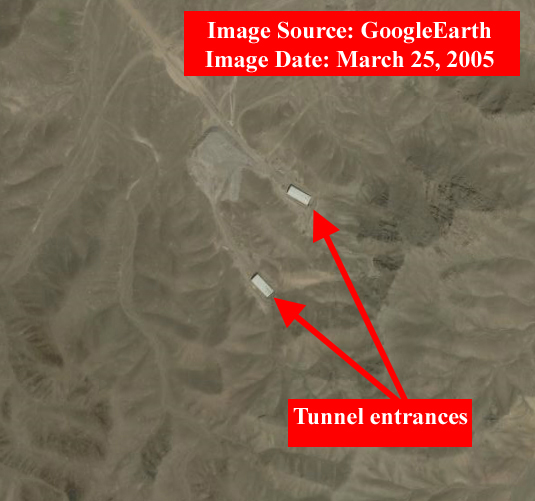

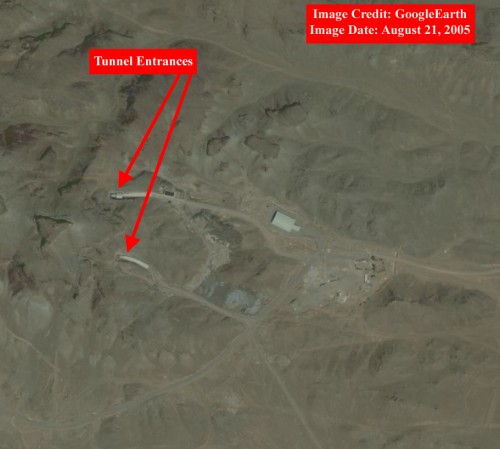
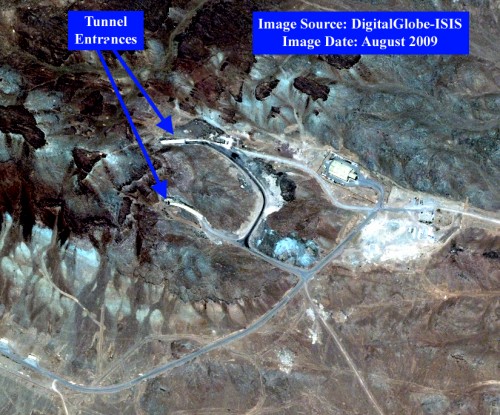
Kermanshah Missile Tunnel
Nearby are guard posts and access roads, indicating active security and logistical infrastructure, revealing multiple hillside tunnel entrances and support buildings, suggesting a hardened underground missile or munitions facility. Positioned within rugged terrain—optimal for concealment and defence.



Panj Pelleh Tunnel/Silo (Kermanshah Province)
These two sites are: Missile site in Kenesht Canyon, located northeast of Kermanshah in western Iran. Previously, this site was home to the 9th Badr Brigade (Iraqi proxies of the IRGC). Panj Pelleh missile site is located in Kermanshah. The IRGC missile command in western Iran is located at the Panj Pelleh missile site, which is one of the IRGC’s oldest and most important missile centres. https://www.ifmat.org/03/30/breaking-details-secret-ballistic-missile-sites-western-iran/

Semnan and Shiraz missile‑related facilities in Iran
Semnan (Imam Khomeini/Shahroud Region)
Launch pad & support complexes at the Imam Khomeini Space Launch Terminal: These are shown in 🇺🇸 2019 satellite captures of a rocket pad explosion at Semnan, likely linked to Safir/Simorgh vehicle testing spaceflightnow.com+12defense-update.com+12en.wikipedia.org+1.

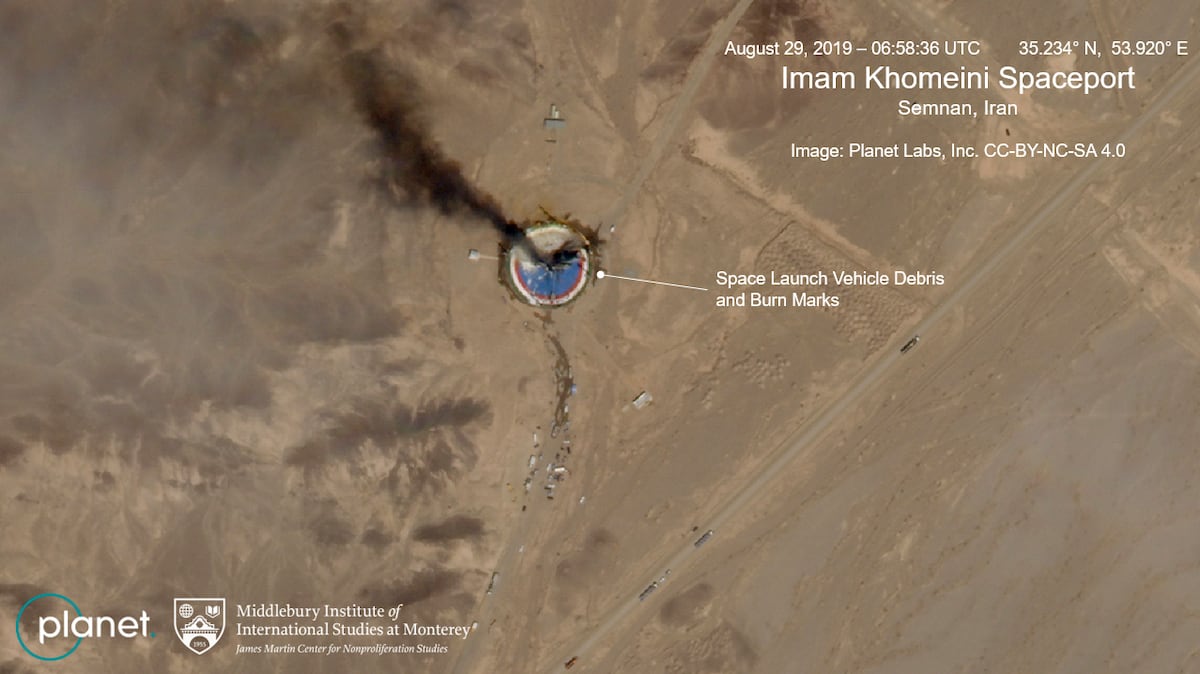


Khorgu Underground Missile Launch Site (Hormozgan Province) near Bandar Abbas
Images display four hardened vertical shafts in a mountain slope, with adjacent access roads—indicative of vertical-launch missile silos nearing operational status. foxnews.com+14en.wikipedia.org+14.

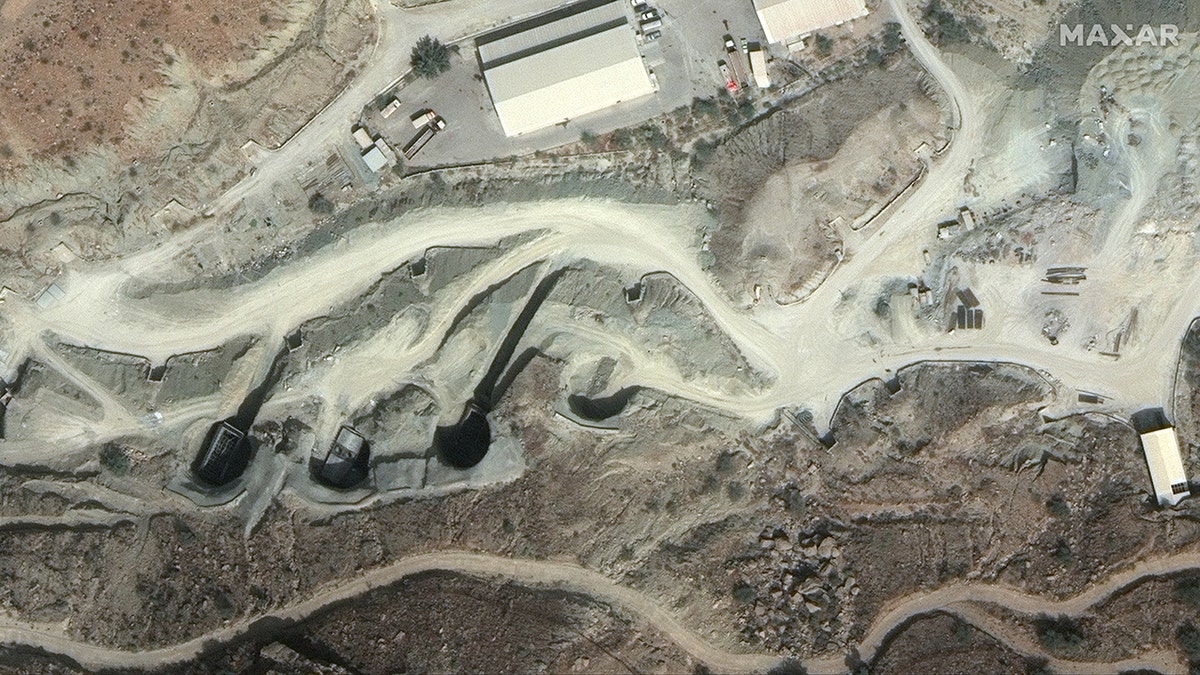
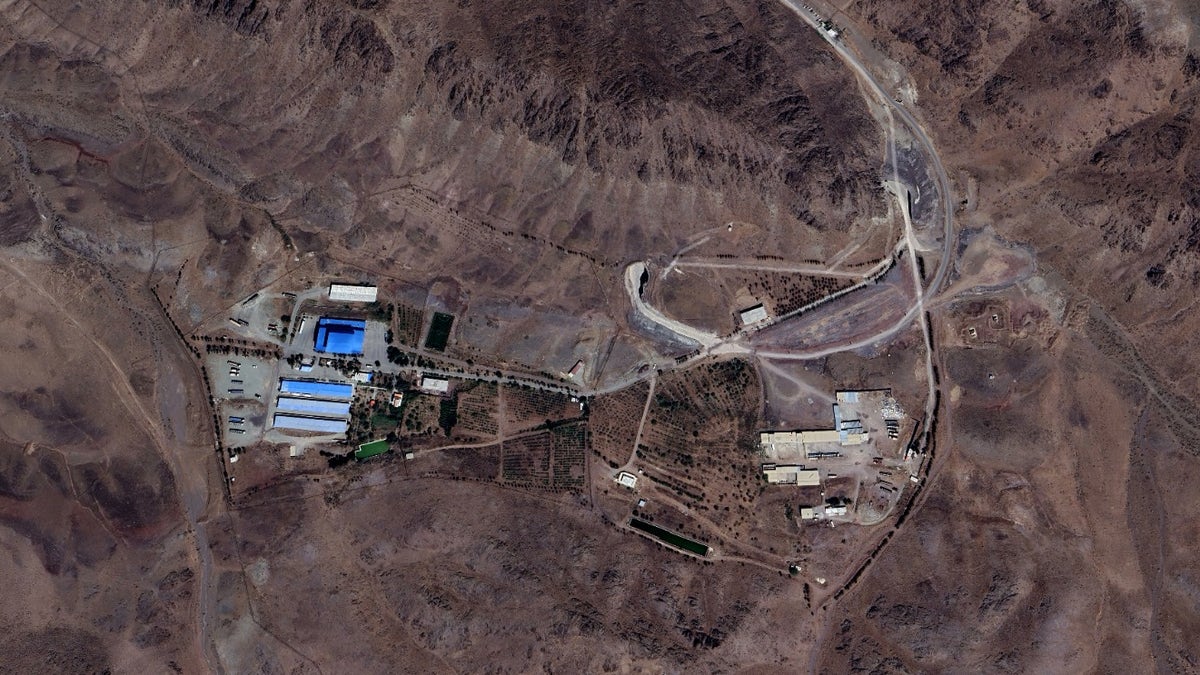
Satellite imagery shows the Shahid Soltani Garrison, outside of Eshtehard City, Iran, including large storage warehouses (left), a set of smaller buildings (right) and an underground tunnel with two openings (centre). (NCRI/MEK)
READ MORE:
https://en.wikipedia.org/wiki/Iran%27s_ballistic_missiles_program